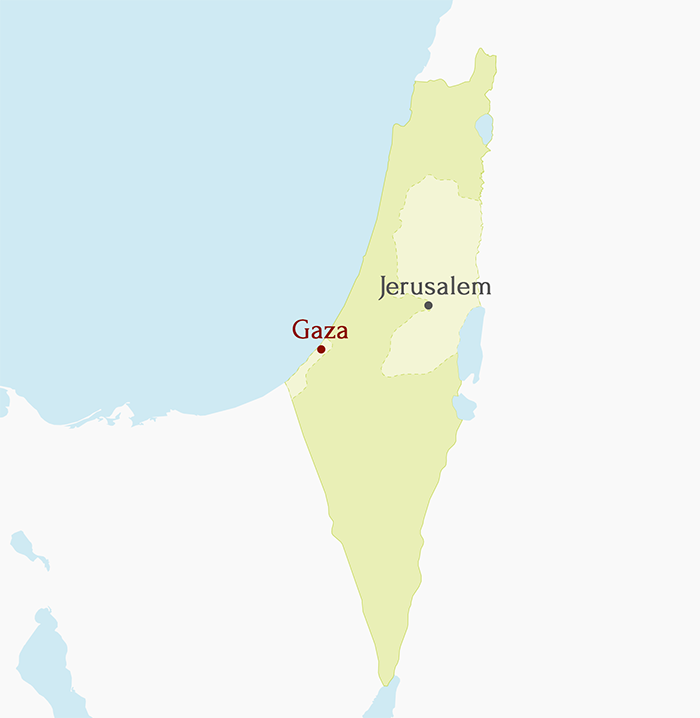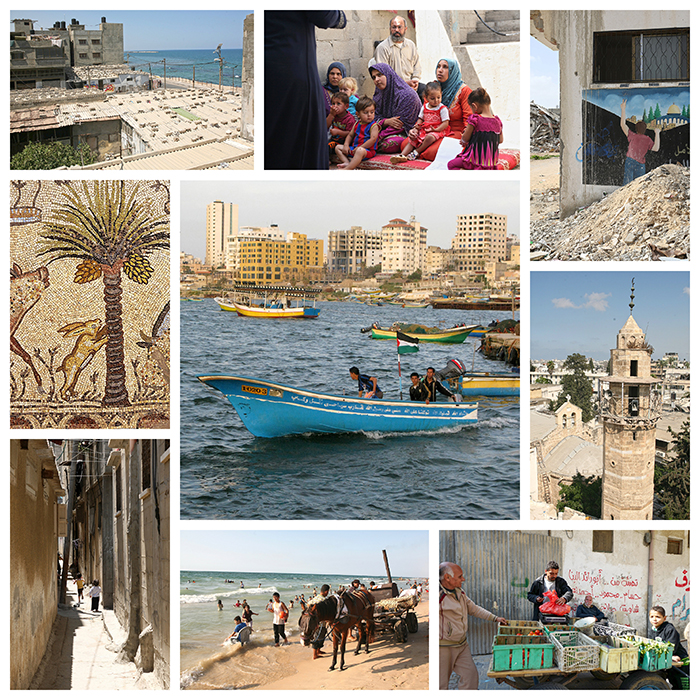GAZA

An emblematic city, Gaza is a city-territory under siege – a territory whose inhabitants are mainly refugees originated from cities and towns located less than 60 km around. Imprisoned, the Gaza strip is isolated from the rest of Palestine and the rest of the world. Yet, Gaza and its crossroads territory was always a cosmopolitan center open to the Mediterranean, Egypt, the Arabic peninsula and Syria. The Gazan archeological heritage reveals an obvious historical continuity manifest in ubiquitous relics that are both eloquent and forever renewed. “Is it [the Gazan archeological heritage] the fruit of local history and of a land – both built and passed on by fathers over time? But Gaza is bipolar. There are true Gazans and refugees. For the latter, the sense of belonging to a territory is compromised by a hiatus: heritage assets are elsewhere, dispersed and out of reach. With the space lost, time is suspended. The land is borrowed: the past no longer has repercussions nor does it have importance, since it no longer serves any use. Identity building then occurs according to ongoing history, that which is lived with each crisis that succeeds one another. Here, it is written in an elsewhere. Its structure is social, political and ideological, in the noble sense of the term.” Jean-Baptiste Humbert in “Status and assessment of archeology since 1995. The question of heritage”. Symposium “Gaza - Palestine, Out of the Margins”, Ibrahim Abu Lughod Institute of international Studies, Birzeit University (Palestine), 1 October 2010
Places to see: Gaza port • Mukheitem mosaics • Al Radwan Mamluk palace • Al Omari mosque • Church of Saint Porphyrius • Pottery workshop • Hammam al-Samara • Gold Market • Said Hashem mosque • Umm al Amer archeological site • Gaza Museum (al Mat’af) • Jabalia and Shatteh refugee camps • Tell al ‘Ajjul • Rafah • Tell al Saqan • Khan Younis caravanserai • Rafah



